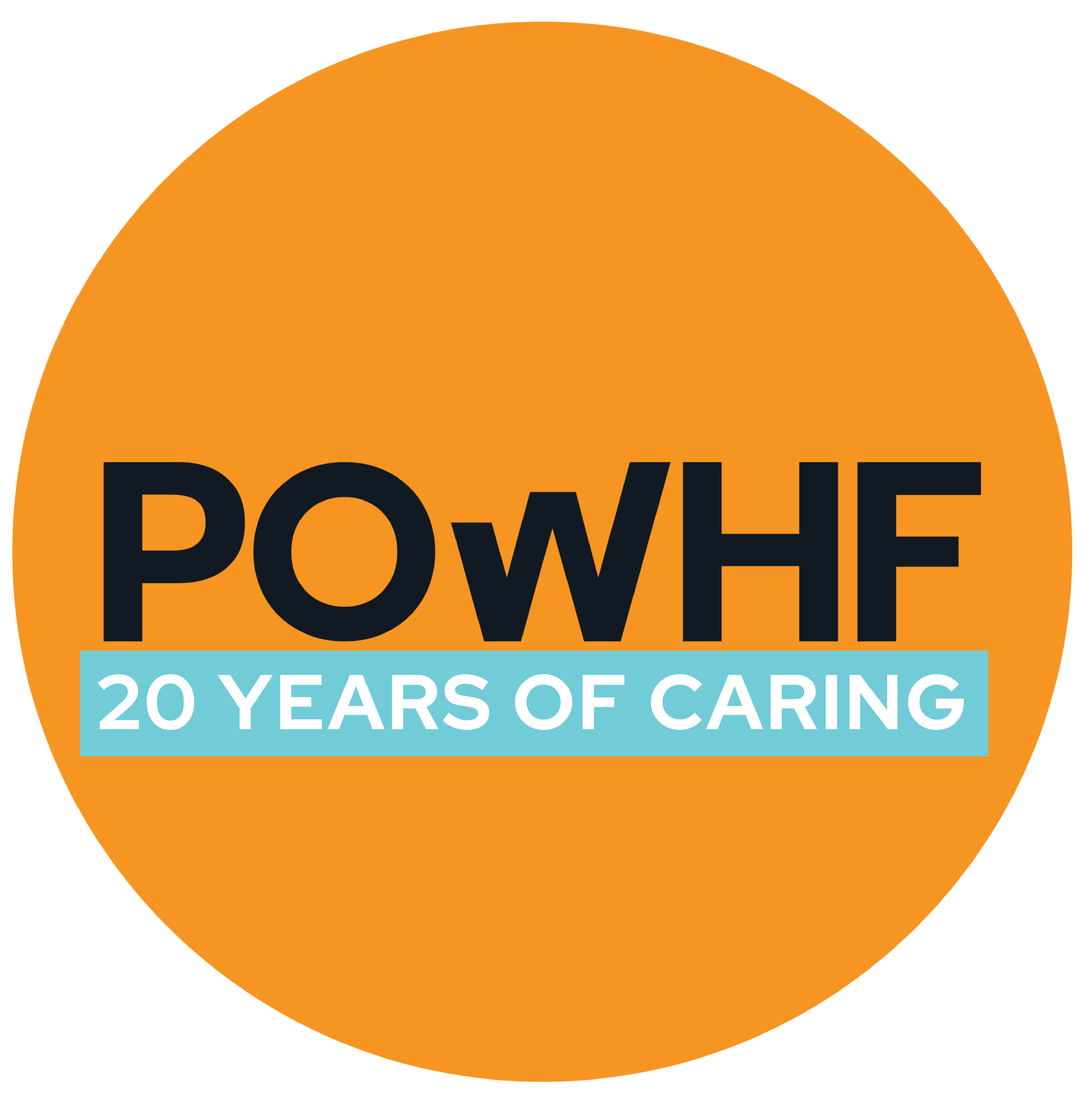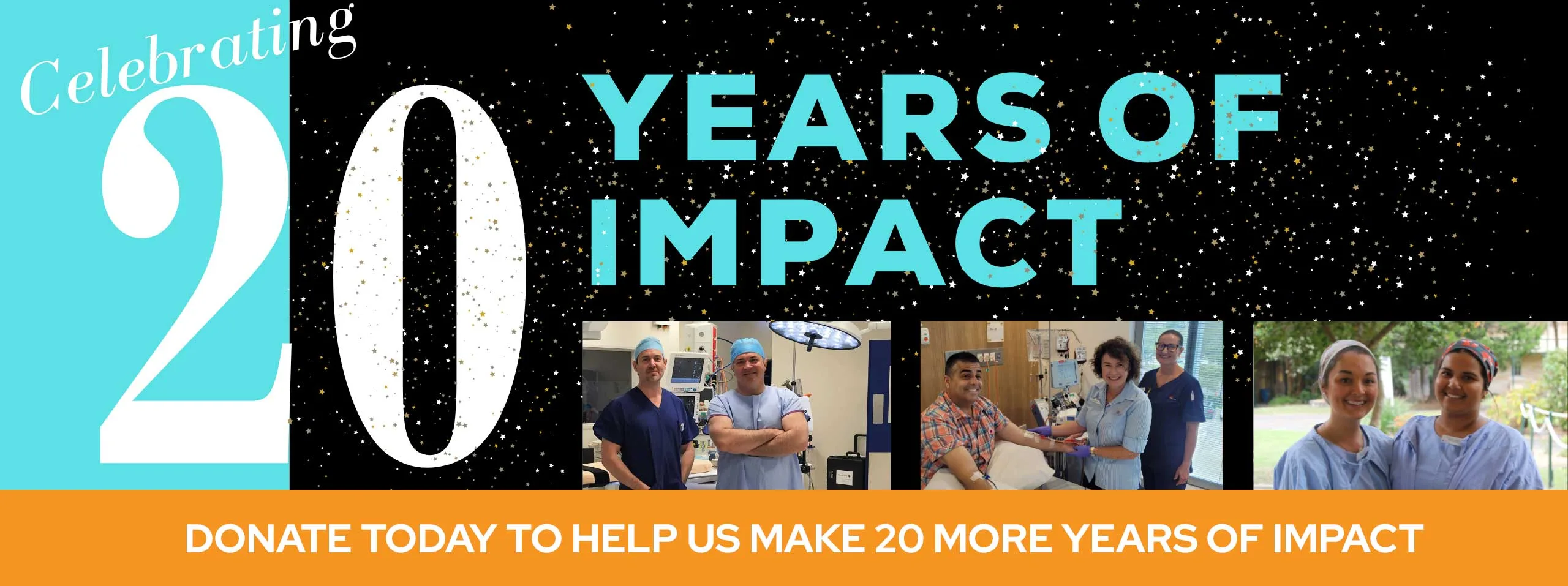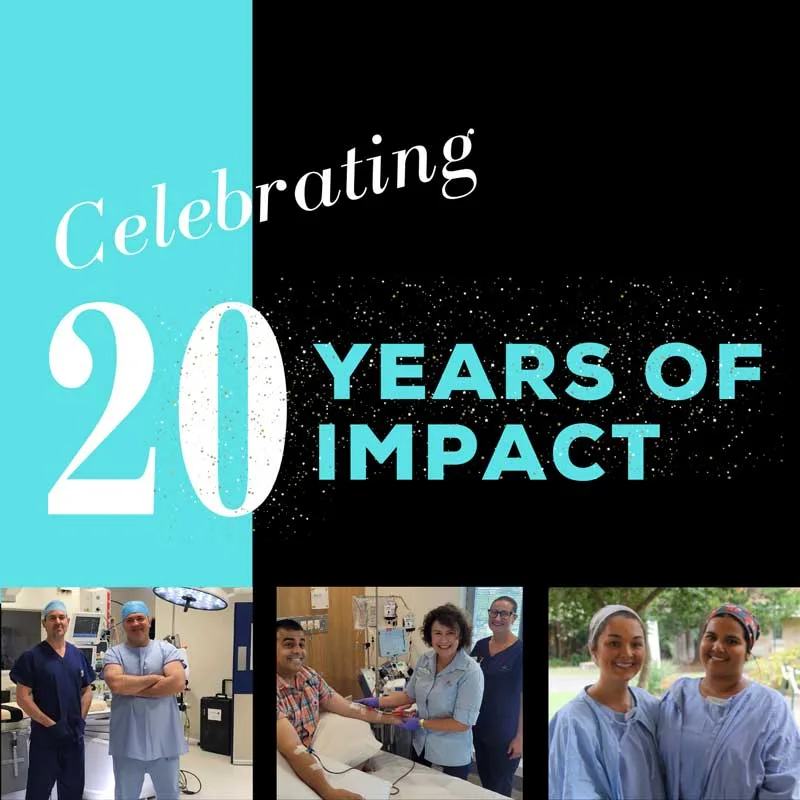Our Impact - Heart
OUR IMPACT
Heart
Total Cardio Care app
With funding from us, Prince of Wales Hospital cardiologists Dr Praveen Indraratna and Associate Professor Sze-Yuan Ooi, in collaboration with Scientia Professor Nigel Lovell from the Graduate School of Biomedical Engineering UNSW, developed an Australian first smartphone app-based model of care to support the transition from hospital to home through real-time telemonitoring and education addressing the issue of high hospital re-admission rates for acute cardiac patients. The trial of the smartphone-based app has shown that patients using the app have better follow through on medication observance and rehabilitation exercise resulting in a reduction in hospital re-admission by 50%. Given the success of this trial, the Total Cardio Care app has now been rolled out to other hospitals.
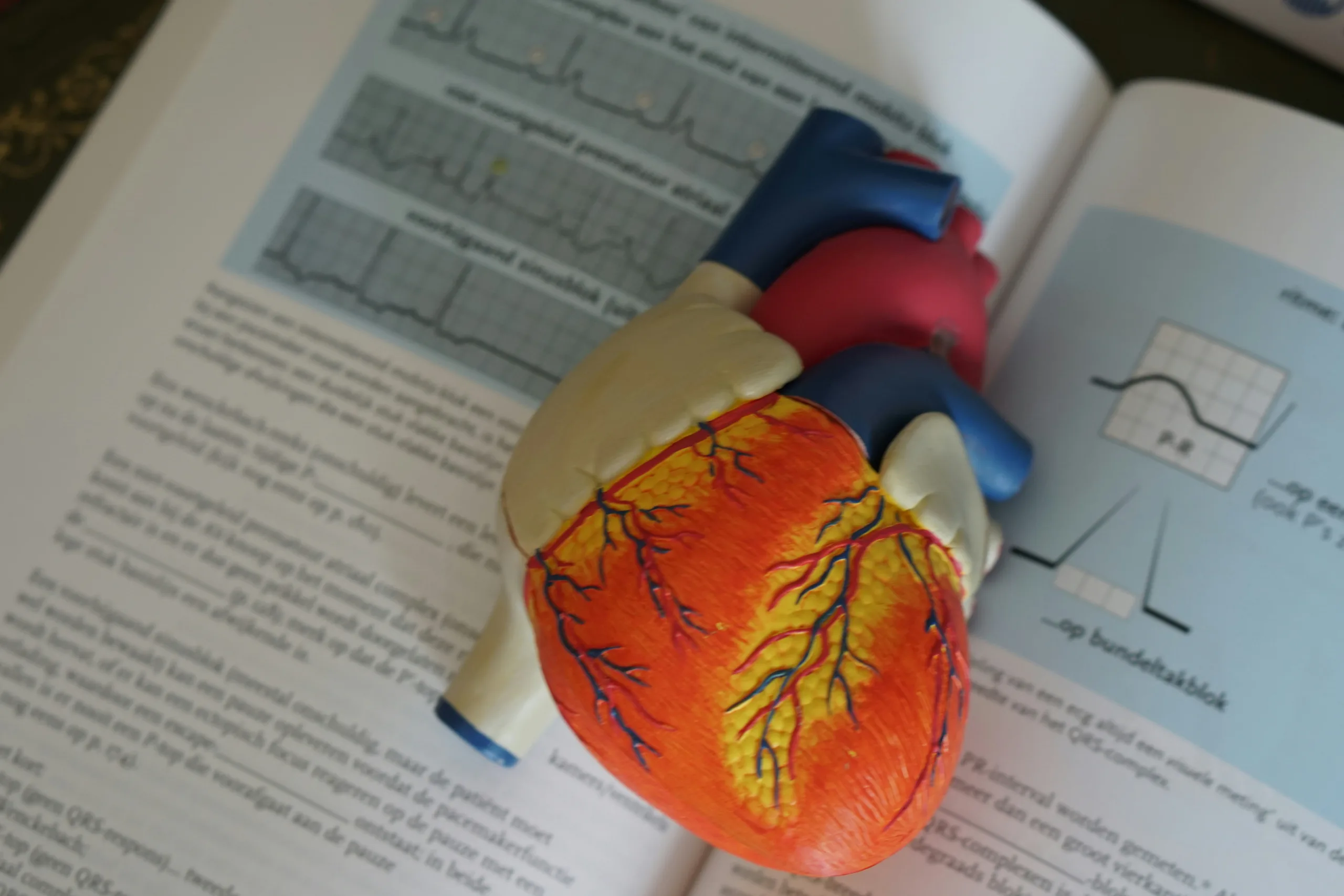
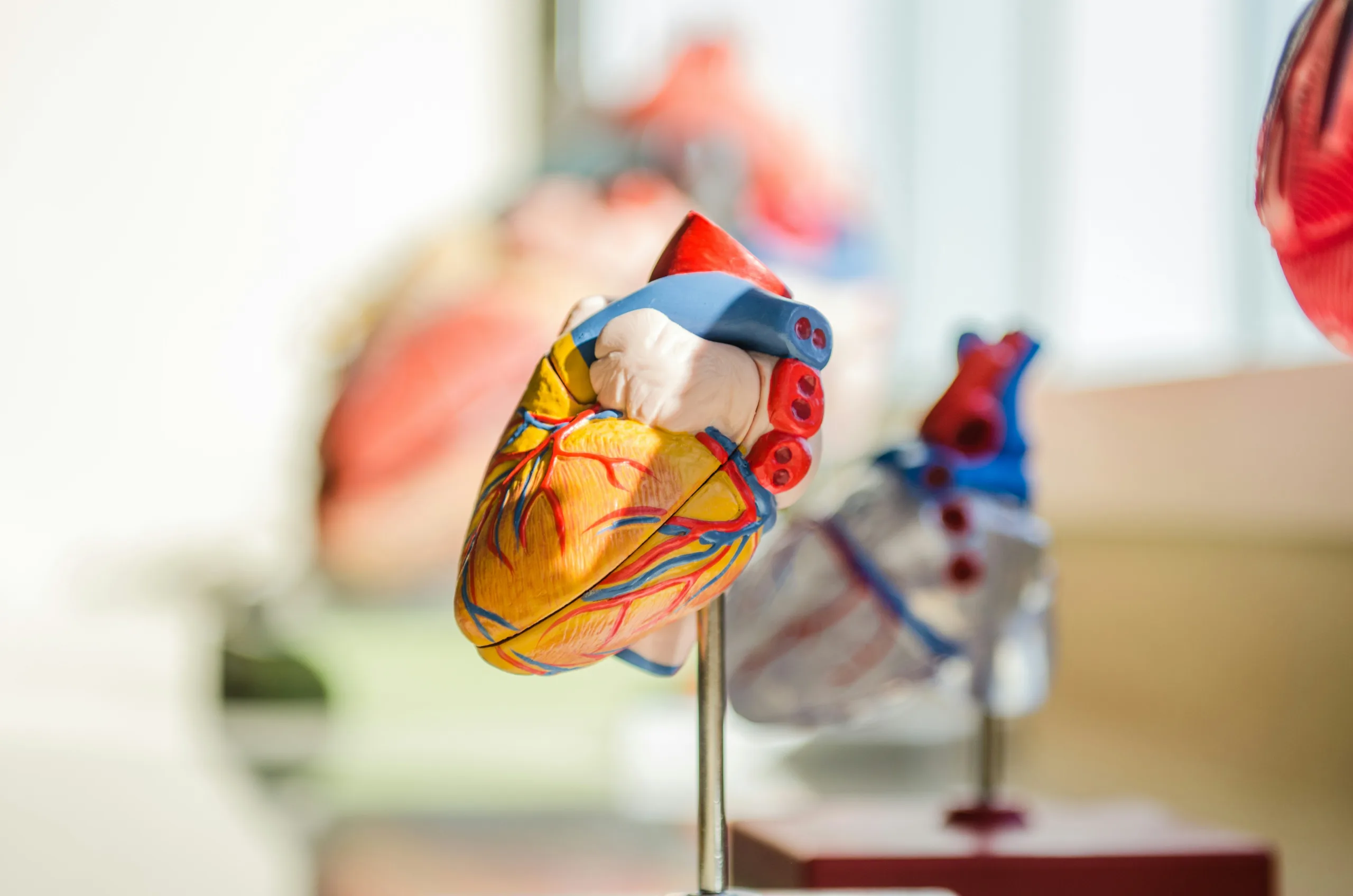
Aortic Valve Replacement
We funded a new minimally invasive surgery technique named TAVI (Transcatheter Aortic Valve Implantation) which allows patients a quicker recovery after aortic valve replacement. TAVI is safer than traditional open-heart surgery as is requires only a small incision and therefore reduces recovery time and infection risks. Given this, TAVI is also a last option for patients for which open heart surgery is considered too risky.
Cardiac Monitors
Funded a new monitoring system for cardiac and cardiothoracic acute and sub-acute units at POWH. The new monitoring system now provides enhanced and safer patient care with Wi-Fi enabled, fully networked monitoring with central displays, telemetry transmitters on multiple screens allowing for better, safer care of patients through a higher level of connectivity on a variety of platforms. The new system also integrates with the electronic medical record and medical image management at POWH. The monitoring has enhanced alarms and review of patient history features, all of which has reduced patient safety risks and improved patient outcomes.
- Improved patient safety
- Created a more efficient patient flow
- Improved clinical handover and continuity of care between clinical areas
- Improved efficiency and workload reduction for staff so they can focus more on patient care
- Enabled integration with new and developing technologies and innovation

